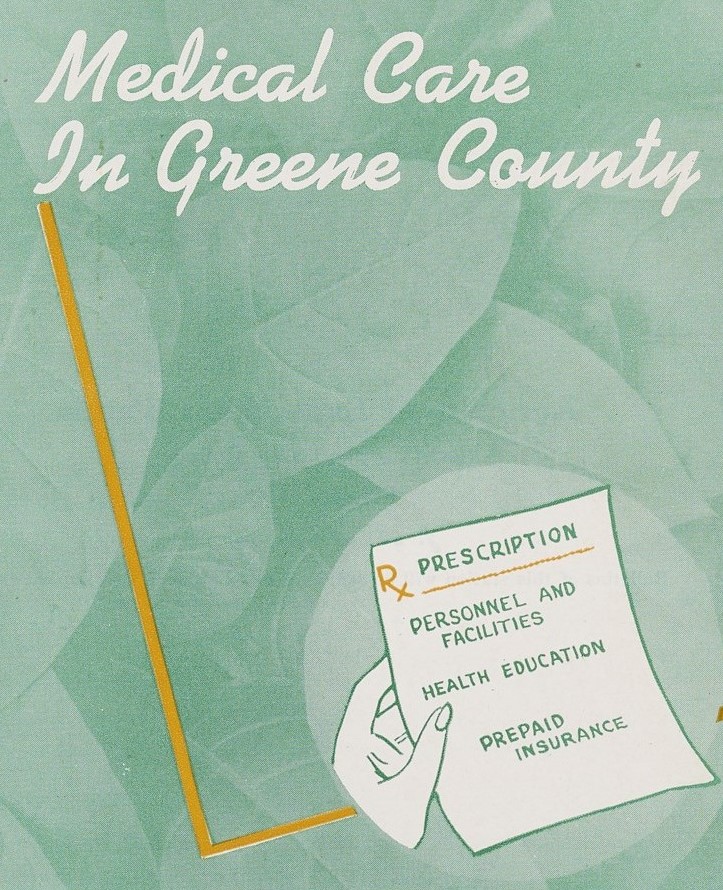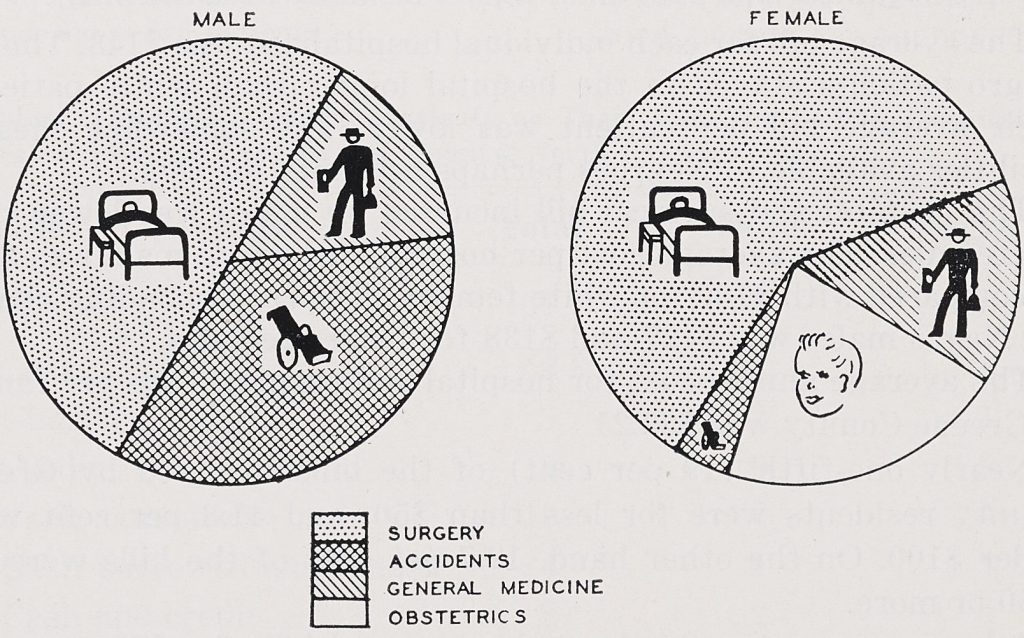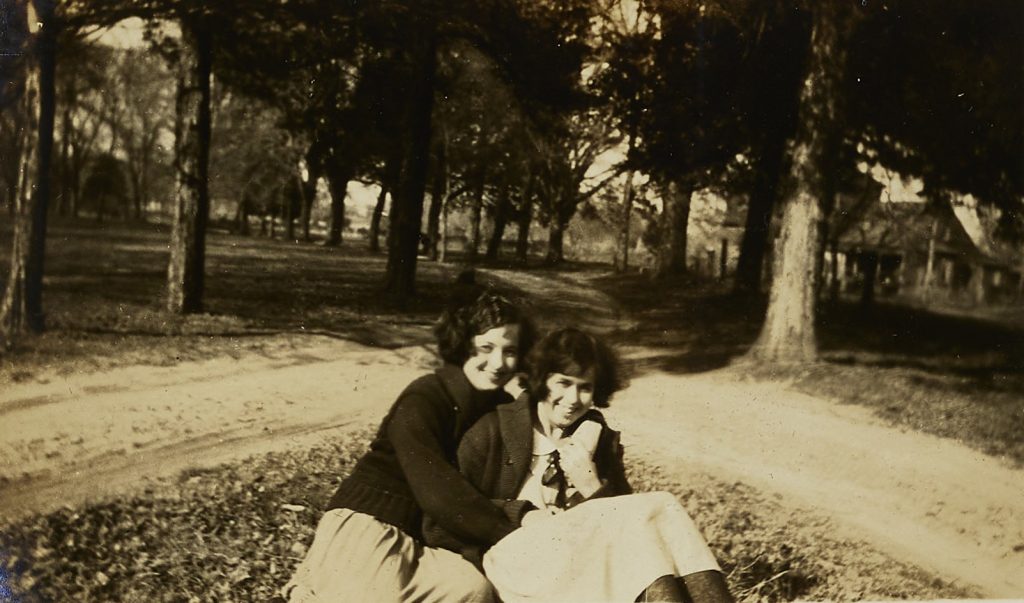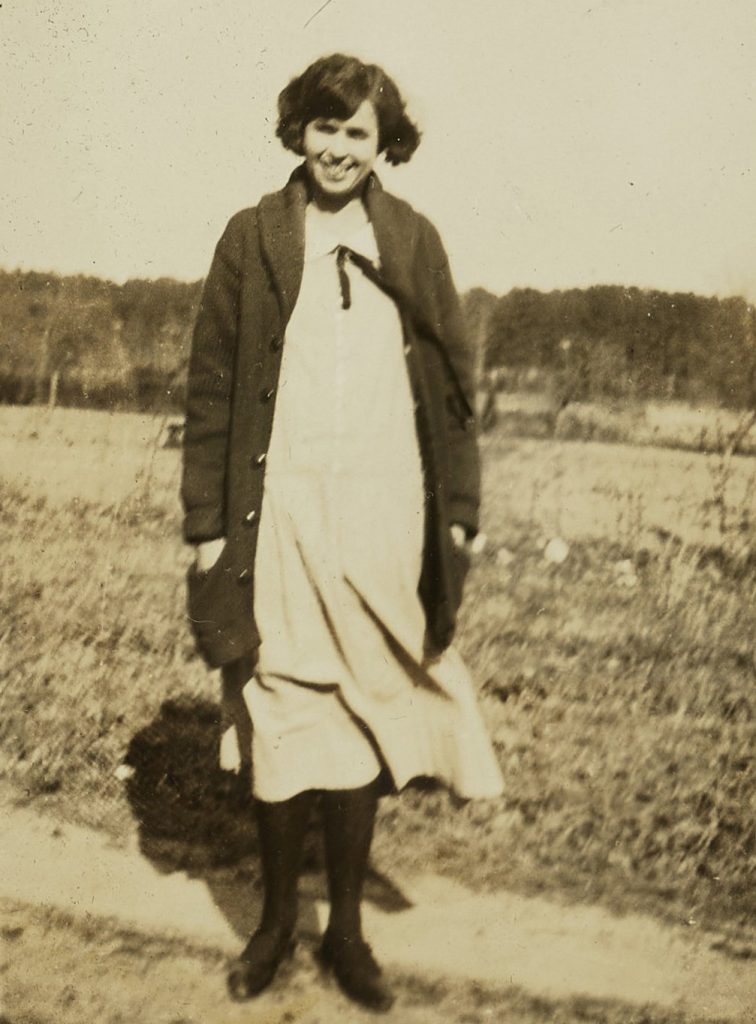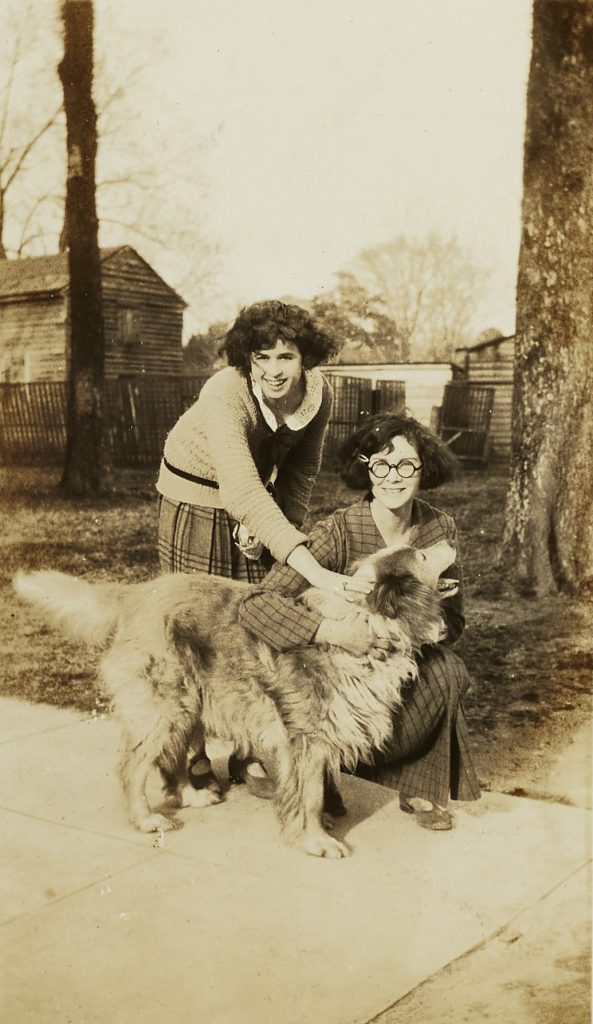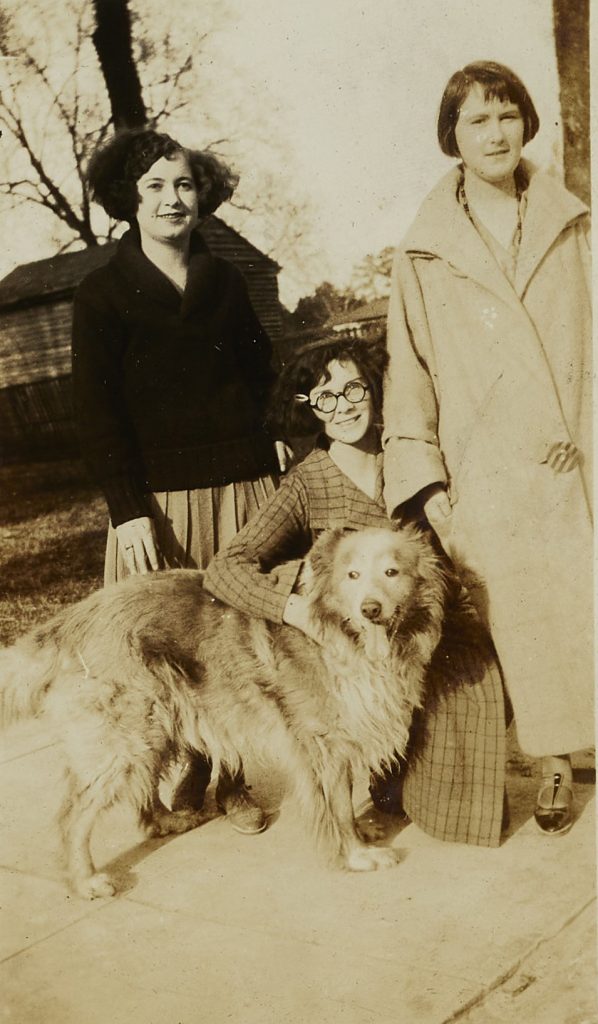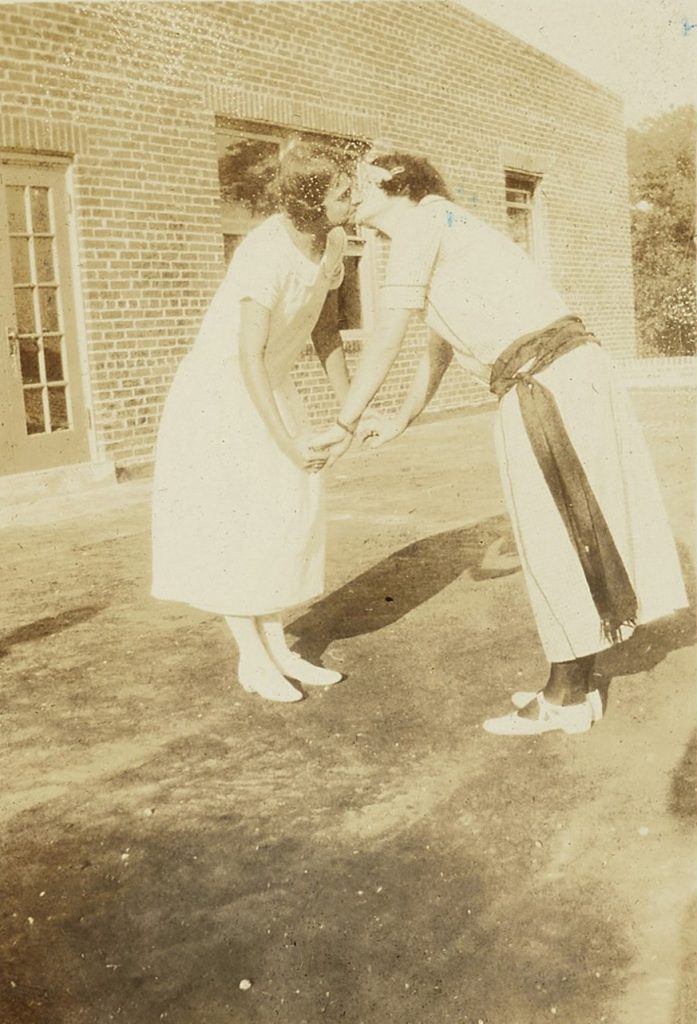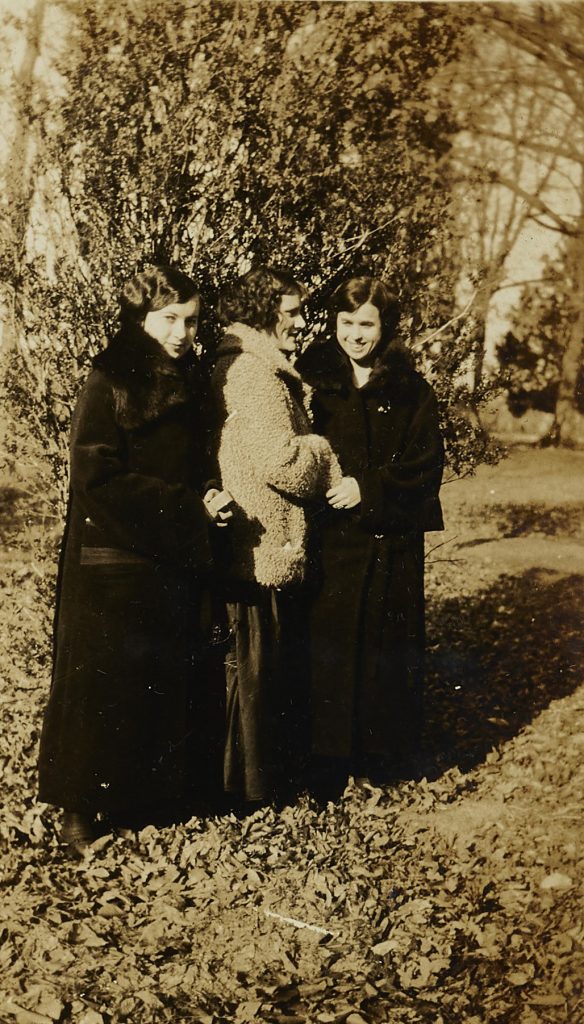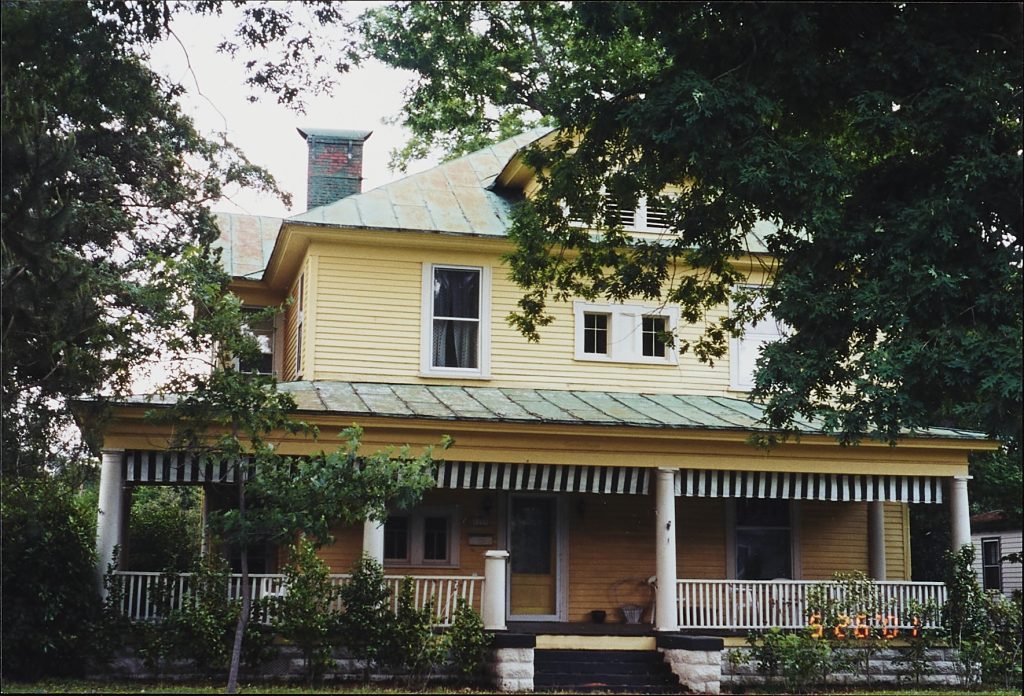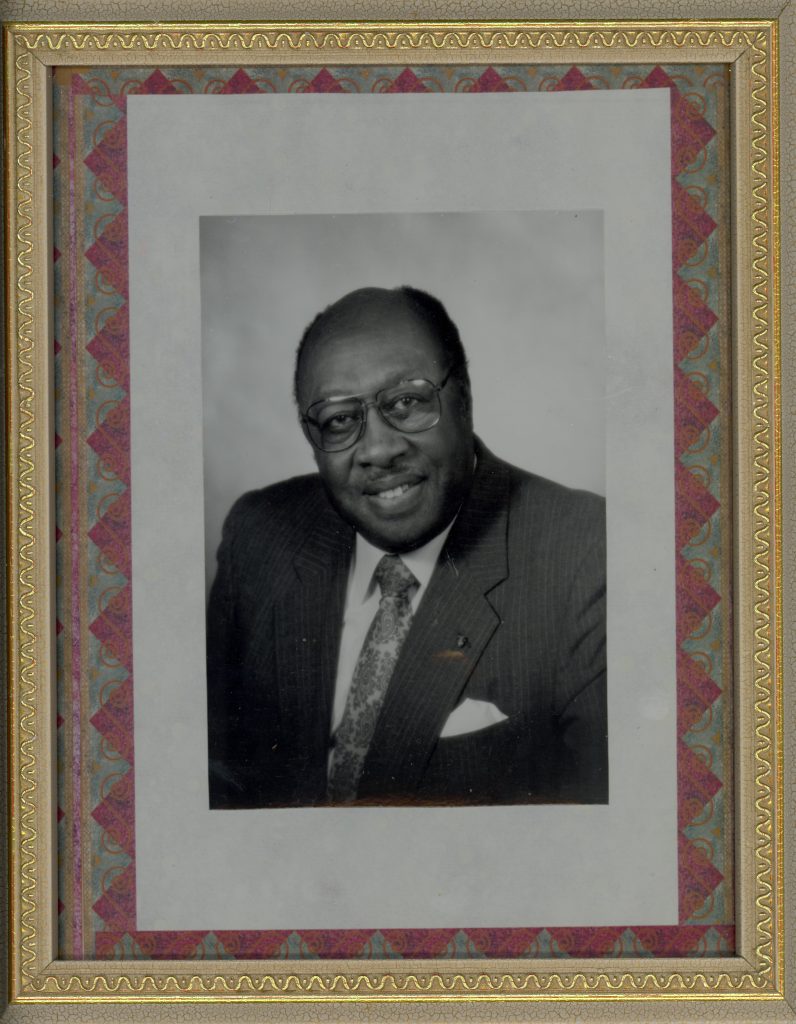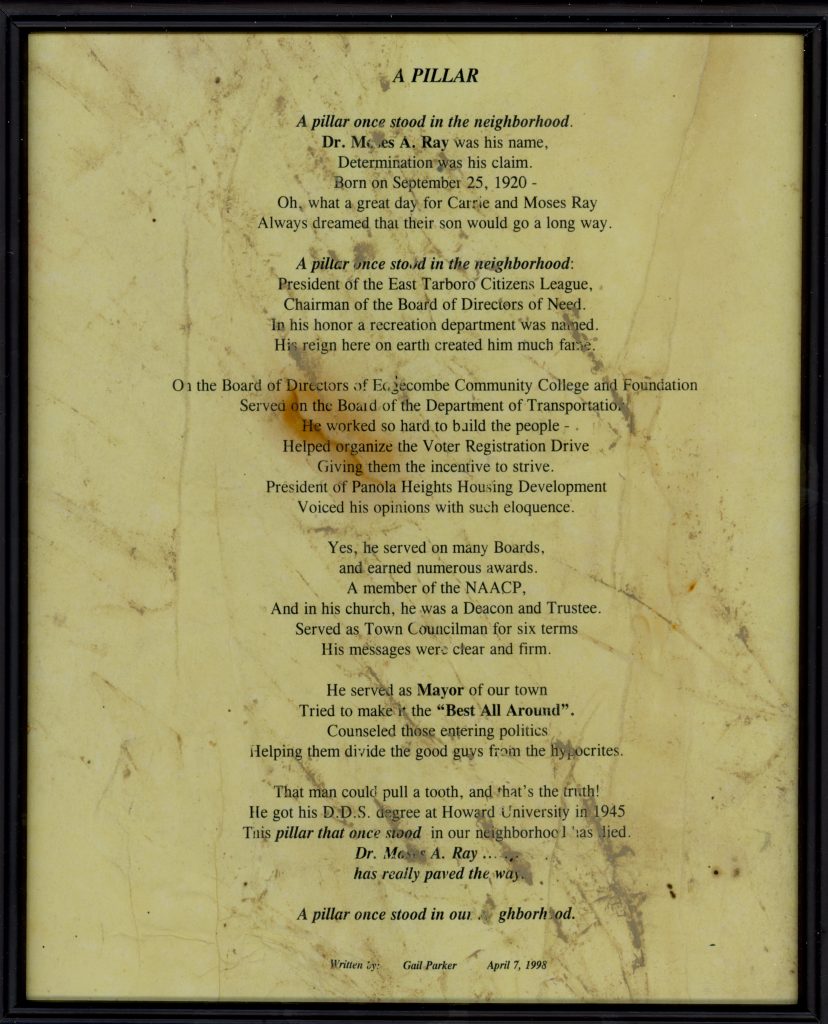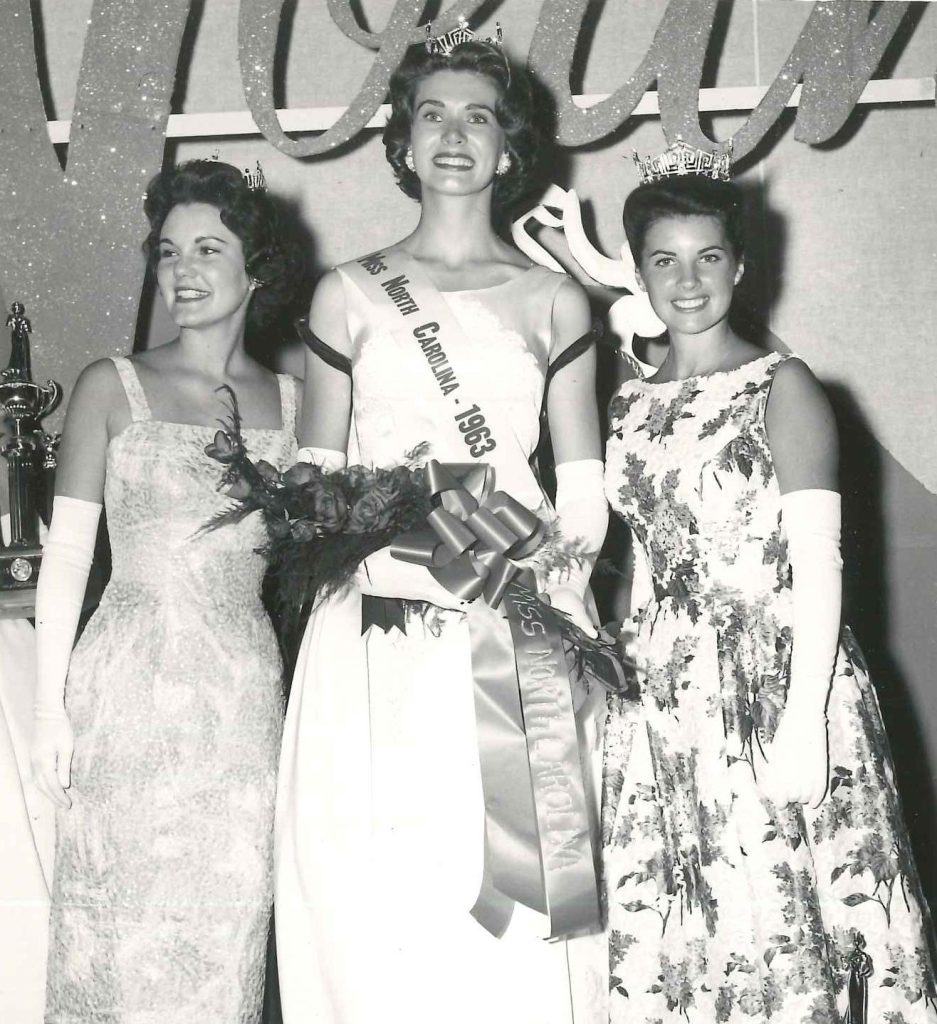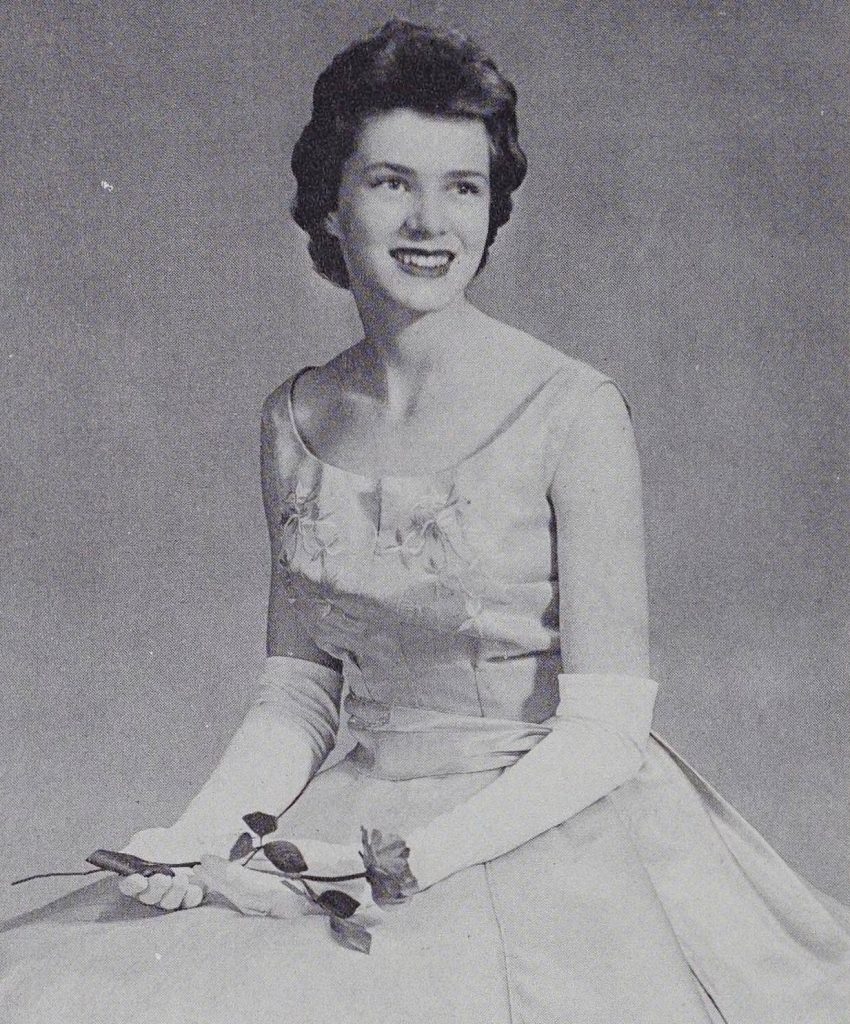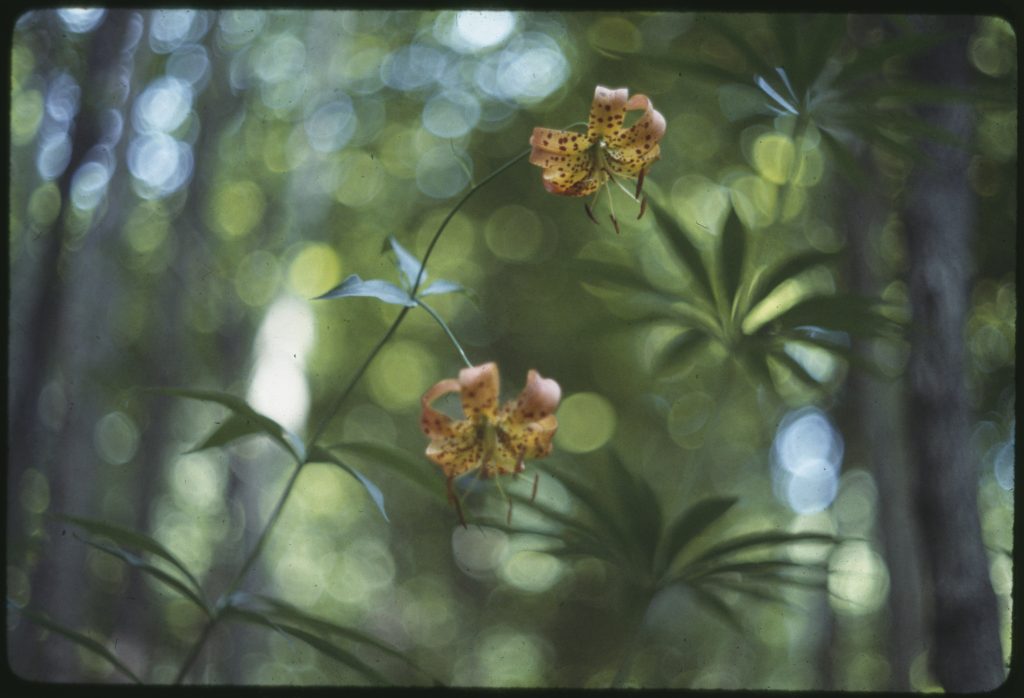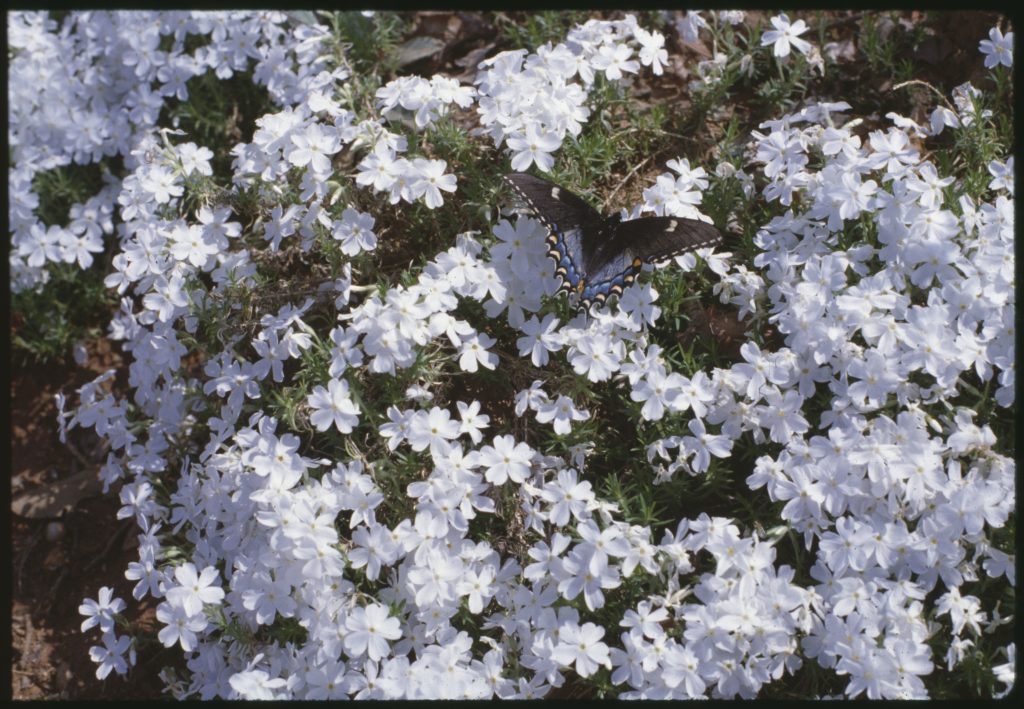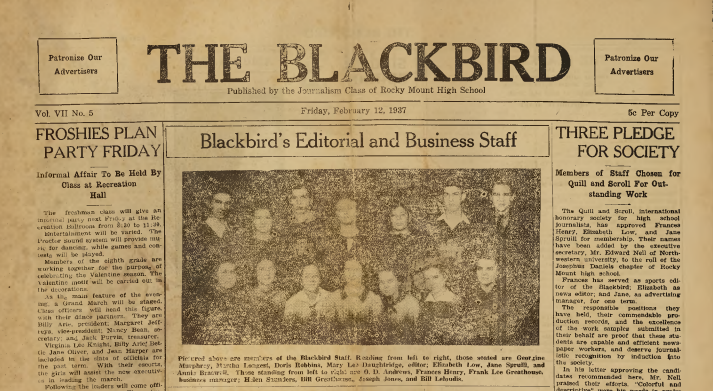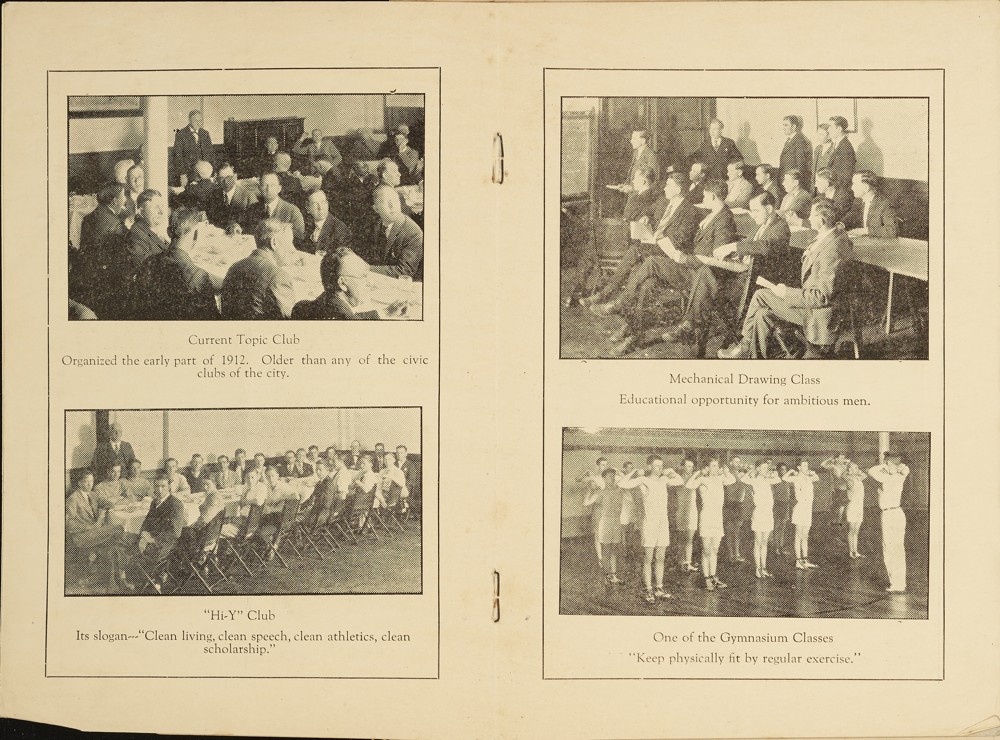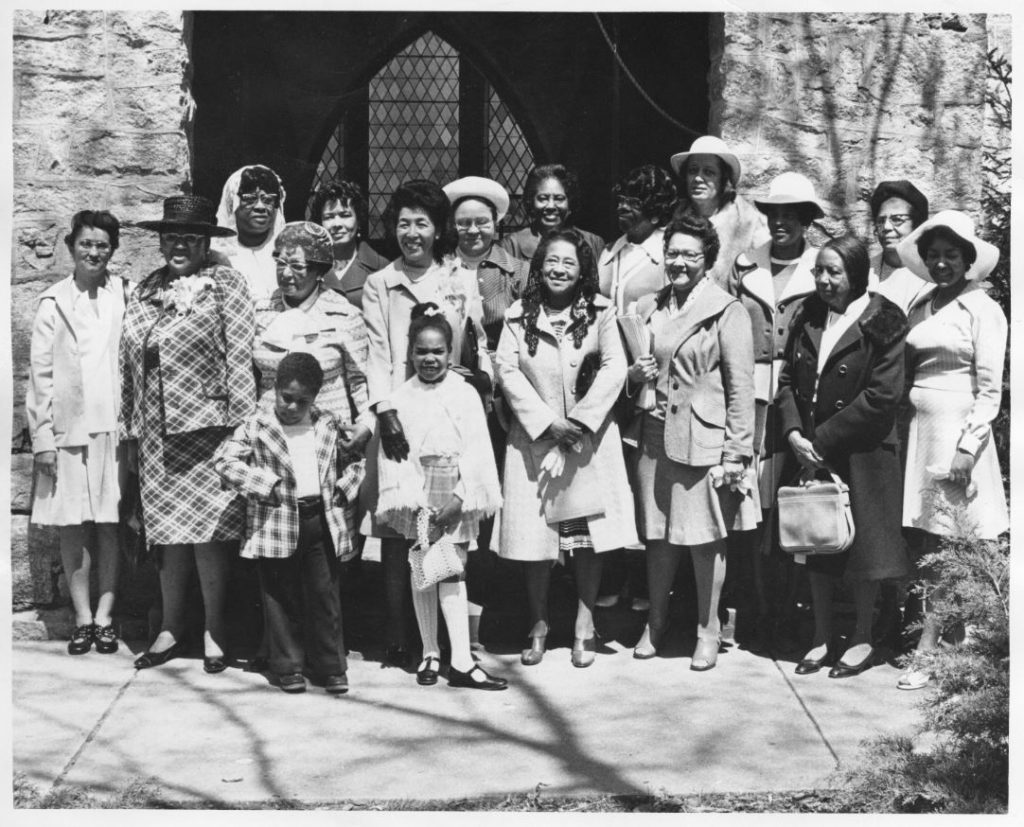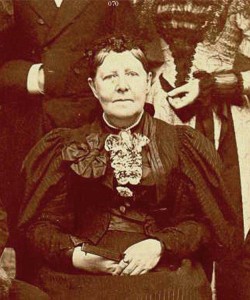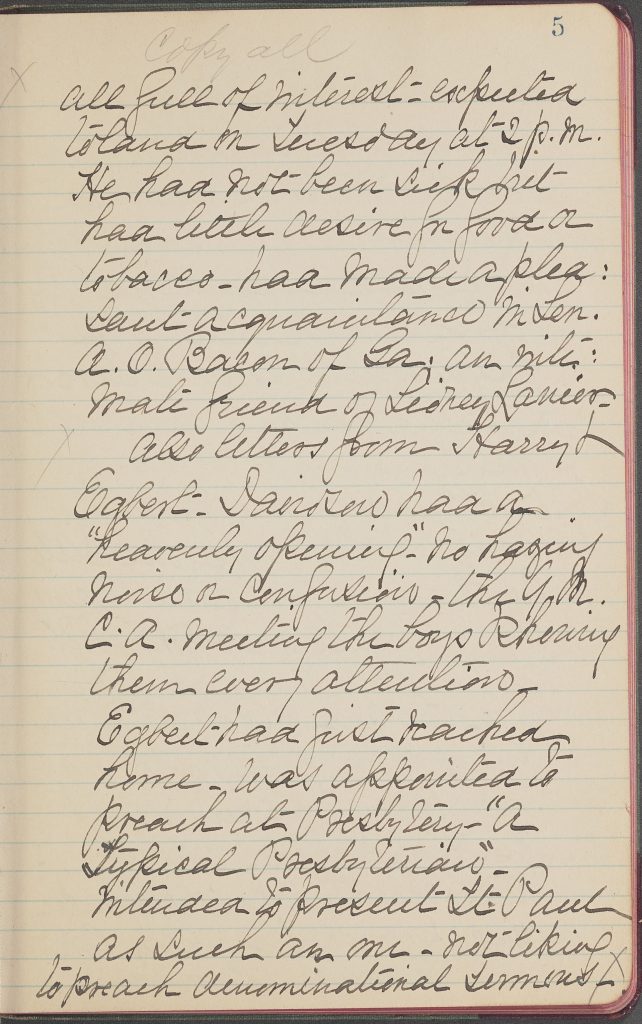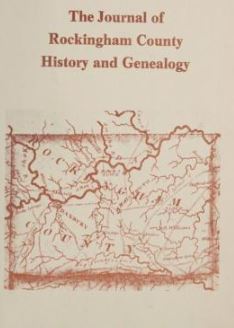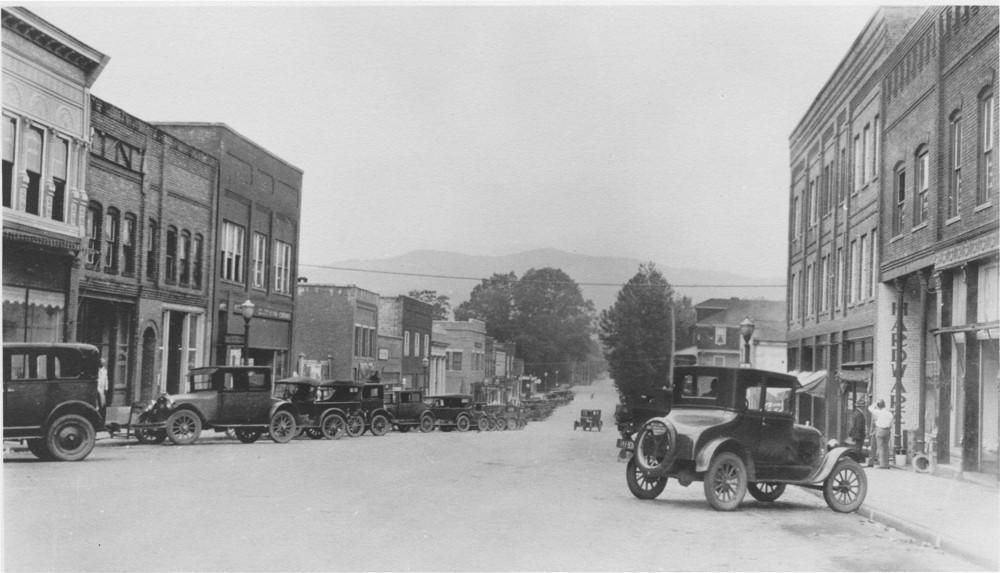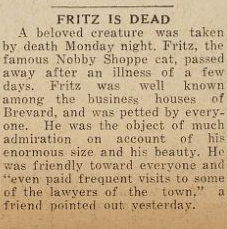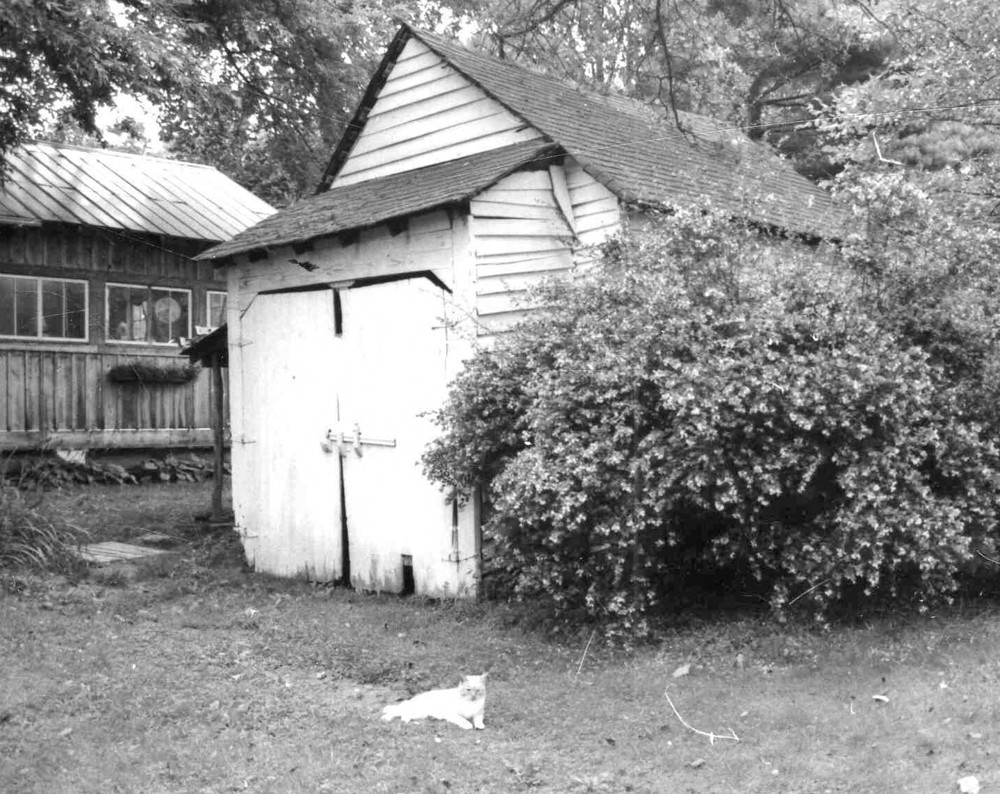Thanks to our newest partner, Greene County Public Library, a new batch of materials is now available on DigitalNC! The Greene County Public Library, located in Snow Hill, North Carolina, is one of eight libraries in the Neuse Regional Library System. The materials in this batch include the only known volume of estate papers for Greene County prior to the 1870s, 1850 Greene County census, and a North Carolina Agricultural Station bulletin that provides a look into 1940s medical care.
In February 1877, a legislative act was passed that, among other things, created the North Carolina Agricultural Experiment Station. This act directed the station to conduct research on plant nutrition and grown, discover which fertilizers were best for each crop, and conduct other needed agricultural investigations. Nearly two months after the act was passed, the first station in the state, as well as in the South, began its work in a one-room chemistry laboratory at the University of North Carolina at Chapel Hill. Eventually the management of the station was transferred to the institution that would become North Carolina State University (NCSU); however, the North Carolina Department of Agriculture (NCDA) continued to maintain its relationship with the station. Over time, a total of 15 Agricultural Experiment Stations were opened across the state. Today, the stations are cooperatively operated by the North Carolina Department of Agriculture and North Carolina State University.
In November 1948, the Agricultural Experiment Station at North Carolina State College (eventually NCSU) published bulletin no. 363, titled “Medical Care in Greene County.” The bulletin provides a fascinating look into 1940s medical care in the county for both its white and Black residents. In addition to population demographic information, the bulletin provides a breakdown of the county’s medical facilities, medical workers, how far people traveled to receive care, how long patients stayed, who went to these facilities and why, cost for care, how patients paid their bills, and if any had insurance. Based on this information, the North Carolina Agricultural Station includes suggestions in the bulletin for the county’s medical care moving forward.
To learn more about Greene County Public Library, visit their website linked here.
To browse materials related to Greene County, visit our Greene County page linked here.
To view materials from Neuse Regional Libraries, visit their contributor page linked here.
Information about the Agricultural Experiment Station(s) were gathered from an NCpedia entry linked here.
